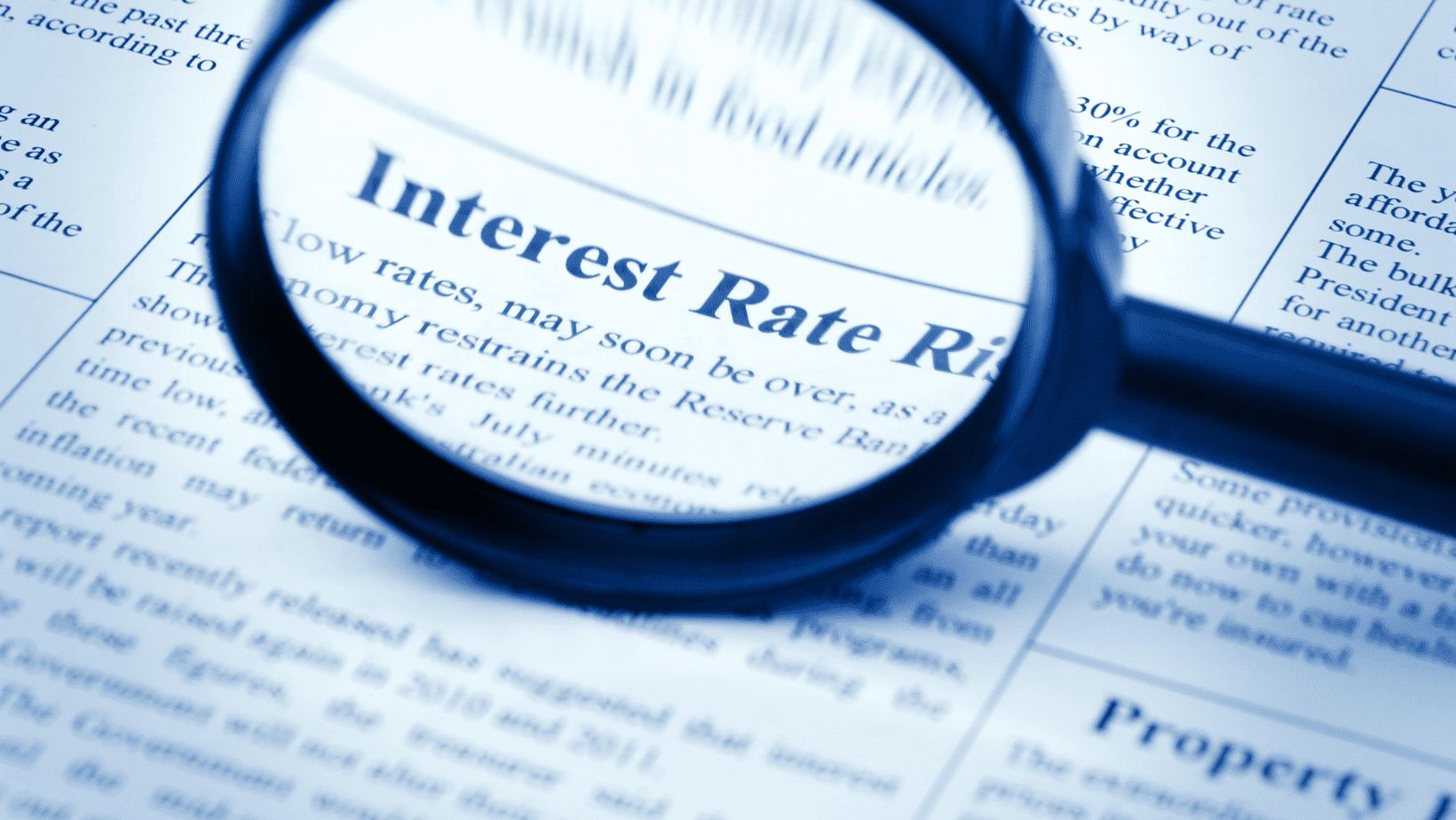
Interest plays a role in almost all aspects of personal finance, including savings, credit, and loans.
Interest is a percent of the total that’s added to what you owe or what you own. You earn interest by keeping money in a bank account, purchasing a bond, or making other investments. You pay interest when you borrow money through a loan, credit card, or other line of credit.
It’s important to consider interest when choosing a financial institution because the rate that you earn or pay can significantly impact your overall finances. For example, when you open a savings account, you’ll earn interest at a specific rate on a regular schedule. How much you earn depends on the interest rate the bank offers.
Rates
When banks discuss interest rates for their savings accounts, they’ll tell you the nominal rate. The nominal rate is what you earn in a year, expressed as a percentage of your starting amount. For example, if you deposit $1,000 into a savings account with a nominal annual interest rate of 5%, you’ll earn $50 that year for a total of $1,050 in your account.
But you might actually earn more than the nominal rate. What you earn depends on whether the account pays simple or compound interest. Simple interest is calculated every year only on the amount you initially deposited. Compound interest is calculated by the initial deposit and the interest that has already been added. Basically, whenever the interest is compounded (or added to your total) it also starts earning interest. Compounding can happen daily, monthly, or quarterly. Over a long time, compound interest will earn you more money than simple interest.
Use this calculator to see how interest can grow over time.
Credit Card and Loans
Interest also plays a role in credit. If you pay your credit card bill in full (meaning you pay it all the way off) and on time, you do not have to pay interest. However, if you pay only part of your outstanding bill, you owe interest on the unpaid amount.
The most common method for calculating how much interest you owe on a credit card is based on the unpaid amount that you borrowed and the annual percentage rate (APR) of the credit card, compounded daily. Remember how you earned more with compounding interest? That means you’ll also have to pay more. The interest on credit cards is often much higher than the interest rate you can get with a savings account. It can add up quickly, so it’s always best to pay the bill in full every month.
Similarly, when you take out a loan, you have to pay back the amount you borrowed (principal) and the interest that accrues on that amount. Shopping around for a loan involves figuring out what your total cost will be, including both the principal and the interest. The term, or length of the loan, as well as any additional fees also play a role in how much the loan will cost you overall.
While we hope you find this content useful, it is only intended to serve as a starting point. Your next step is to speak with a qualified, licensed professional who can provide advice tailored to your individual circumstances. Nothing in this article, nor in any associated resources, should be construed as financial or legal advice. Furthermore, while we have made good faith efforts to ensure that the information presented was correct as of the date the content was prepared, we are unable to guarantee that it remains accurate today.
Neither Banzai nor its sponsoring partners make any warranties or representations as to the accuracy, applicability, completeness, or suitability for any particular purpose of the information contained herein. Banzai and its sponsoring partners expressly disclaim any liability arising from the use or misuse of these materials and, by visiting this site, you agree to release Banzai and its sponsoring partners from any such liability. Do not rely upon the information provided in this content when making decisions regarding financial or legal matters without first consulting with a qualified, licensed professional.



